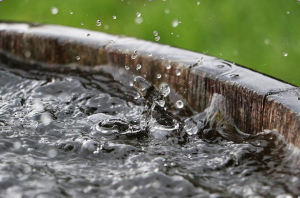 Photo: Getty Images
Photo: Getty Images
When Chennai was facing a severe water crisis and people were fighting among themselves for a bucket of water, the two cities separated by 10,000 kilometers and facing severe water scarcity, peacefully supplied water to their citizens. Were staying I traveled to both these cities and saw how traditional efforts and state-of-the-art technology have been used to solve the problem even in the most water-stressed areas.
drinking water from sewage
I heard the term Direct Potable Reuse (DPR) for the first time during August 2018 in Windhoek, the capital of Namibia. The term, coined by the people of Namibia, refers to the conversion of domestic sewage into drinking water. Windhoek is located in the driest region of Africa. The city has spent more than half a century working to clean up sewage and make it drinkable again.
In very good years the city of Windhoek receives 300 to 400 millimeters of rain annually. But most of the water evaporates and only a small amount of water spreads on the ground. So this city with a population of three lakhs survives with a very limited water supply. There is only one way left to meet the water requirement and that is to make sewage water reusable. The first recycling plant was established here in 1968. The old plant has since closed and was replaced in 2002 by a larger Goringgeb reclamation plant. I went to see this new plant. This plant prepares 21 thousand cubic meters of drinking water per day. About 60 liters of water is delivered to each person every day through this plant to the population in this desert city. This is sufficient to meet the basic needs of the citizens.
One of the main features of Windhoek is that it keeps industrial and other toxic waste water separate from the domestic waste stream. Domestic waste water is received with constant quality after pretreatment in a separate drain. This pre-treated effluent again passes through a ten stage treatment plant. This refining process is similar to the conventional technologies used in our country. Such as – coagulation, flocculation (chemical reaction), gravity filtration (filtration of solid particles), filtration of activated carbon particles, ultrafiltration, ozonization, disinfection etc.
The process of making water clean here is done in only three to four stages, whereas the difference is that the pre-treated water has to go through ten stages in the New Goringab Reclamation Plant. After this, drinking water is made according to the water quality standards of Switzerland. It is the most complex and strict drinking water standard in the world. Since 1968, there has not been a single case of any adverse health effects from recycled water. It is also surprising that the cost of converting sewage into potable water again is very cheap. Through the New Goringab Reclamation Plant, 1,000 liters of water is sold in Namibia for $11. This price is equal to 60 paise per liter of clean drinking water.
every drop counts
“Gardens by the Bay” is a famous tourist destination in Singapore. It has three beautifully landscaped waterfront gardens set on reclaimed land. But most people don’t know that the reservoir on which these gardens are situated is the largest rainwater reservoir in Singapore, which is called Mariana Reservoir. Rainwater falls on one-sixth of Singapore’s land area. This rainwater collects in this reservoir. It is purified and used in homes and factories.
Singapore is also a water-stressed city. It imports water from Malaysia. The only source of water for the city is rainwater. Even now it supplies 140 liters of clean water per day to each of its citizens by combining traditional methods and modern technology.
Singapore is the best city in the world for rainwater harvesting. The city receives abundant rainfall of 2400 mm annually but has only a small portion of land available for rainwater harvesting. The city also does not have any rock formations that can store rainwater underground. Hence the city is specialized in water harvesting and surface water harvesting through storm water drains. Today, two-thirds of Singapore has built up water catchment areas. 17 Rain drains in reservoirs, Rainwater is collected through canals and rivers. A major feature of Singapore is that it has very strict land-use laws to keep the reservoir or water catchment area clean by protecting it from polluting agriculture and factories. Apart from this, separate drains have also been made for sewage and rain water. The combined arrangement of clean water harvesting area and separate rain water drain ensures that only clean rain water is stored in the reservoirs. But even this extensive rainwater harvesting system is not enough to meet Singapore’s water needs.
Apart from the domestic demand of water here, the demand of water through industrial and commercial establishments is very high. That’s why “NEWater” is prepared here by recycling sewage. It is the name of a brand of water produced by the Singapore Public Utilities Board. Using state-of-the-art membrane technology and ultraviolet disinfection, Singapore transforms even the dirtiest sewage water into ultra-clean water. This water is supplied to industrial units and commercial establishments. Currently, 40 per cent of Singapore’s water needs are met through NE Water. Singapore has also set up a water desalination plant. At present, the city has three desalination plants which can meet 30% of the water requirement of the city.
The combined system of rainwater harvesting, sewage recycling, import water and desalination plants has made Singapore a water surplus city today. Today Singapore calls itself as Global Hydrohub. The city has 180 water companies, 20 water research institutes developing state-of-the-art technology in the water sector.
Now the question needs to be asked that if Singapore, one of the modern cities of the world, can harvest rainwater and convert sewage into clean water, then why not India’s high-tech Bangalore? The fact is that Bangalore was built after harvesting rainwater in lakes, ponds and tanks. But most of the lakes and ponds have either dried up or are polluted. However, these can be revived again. A recent study by TV Ramachandra and colleagues from the Indian Institute of Science shows that through rainwater and sewage treatment, Bangalore could easily provide 135 liters of water per day to each citizen. But will Bangalore do it? This is not possible as Bangalore has decided to get an additional 775 million liters per day from the Cauvery river through the Rs 5,500 crore Cauvery Water Supply Project, Phase-V.
But is it more sustainable and cheaper to transport water thousands of kilometers away, as most Indian cities are preparing, or to go for rainwater harvesting and wastewater recycling? If Windhoek and Singapore can convert sewage into wastewater, why not Delhi? Chennai or Bangalore? If Singapore can do rainwater harvesting, why not Nagpur, Ranchi and Bhubaneswar? Indian cities must ask tough questions about a multi-crore water supply scheme.
The bottom line is that most of the Indian cities are facing water shortage but here the water is more than Windhoek and Indian cities have more catchment area than Singapore. If Windhoek and Singapore can meet their water needs through a combination of traditional rainwater harvesting and new cutting-edge technology, why can’t our cities? I don’t see any reason why we can’t do this?
Neerain is proud to republish this blog for spreading awareness about situation of water, for our stake holders. Credit whatsoever goes to the Author.
This blog is published by: –
https://www.downtoearth.org.in/hindistory/water/water-conservation/reimagining-water-a-tale-of-two-cities-65393
We would like to spread this for the benefit of fellow Indians.
Author: Chandra Bhushan
Publish On: 02 July 2019

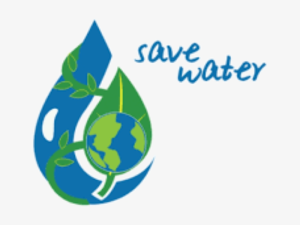 Photo courtesy: Nicepng
Photo courtesy: Nicepng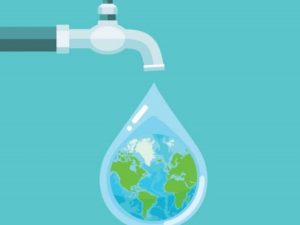
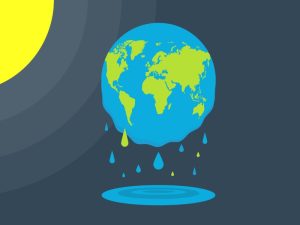 Photo Courtesy: Shutterstock
Photo Courtesy: Shutterstock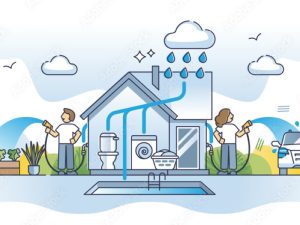
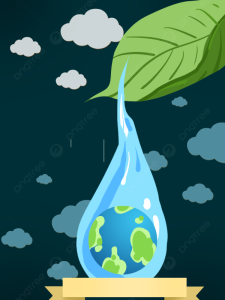
 વરસાદી પાણીને વોટર હાર્વેસ્ટિંગ માટે સાફ કરવા ડિવાઈસ બનાવનાર અમિત દોશી.
વરસાદી પાણીને વોટર હાર્વેસ્ટિંગ માટે સાફ કરવા ડિવાઈસ બનાવનાર અમિત દોશી.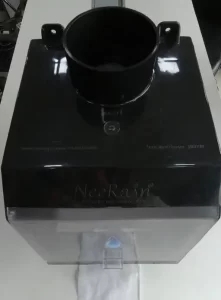 અમિત દોશીએ ડિઝાઈન કરીને બનાવેલું ડિવાઈસ
અમિત દોશીએ ડિઝાઈન કરીને બનાવેલું ડિવાઈસ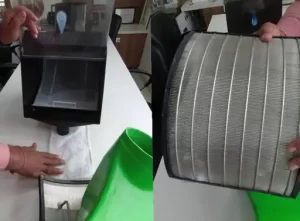 આ ડિવાઈસમાં લાગેલા ફિલ્ટરને કોઈ પણ વ્યક્તિ આસાનીથી ખોલીને સાફ કરી શકે છે.
આ ડિવાઈસમાં લાગેલા ફિલ્ટરને કોઈ પણ વ્યક્તિ આસાનીથી ખોલીને સાફ કરી શકે છે.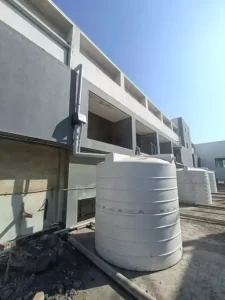 અમિત દોશીએ બનાવેલી પ્રોડક્ટથી વરસાદી પાણીને સાફ કરીને તેનો ટાંકીમાં પણ સંગ્રહ કરી શકાય છે.
અમિત દોશીએ બનાવેલી પ્રોડક્ટથી વરસાદી પાણીને સાફ કરીને તેનો ટાંકીમાં પણ સંગ્રહ કરી શકાય છે.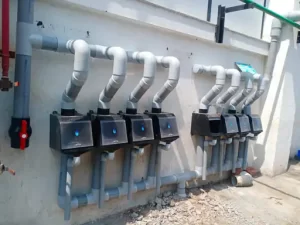 છેલ્લાં ચાર વર્ષમાં ઘણાં રહેણાક મકાનો અને સંસ્થાઓની ઈમારતોમાં જળ સંચય માટે આ પદ્ધતિ અપનાવવામાં આવી છે.
છેલ્લાં ચાર વર્ષમાં ઘણાં રહેણાક મકાનો અને સંસ્થાઓની ઈમારતોમાં જળ સંચય માટે આ પદ્ધતિ અપનાવવામાં આવી છે.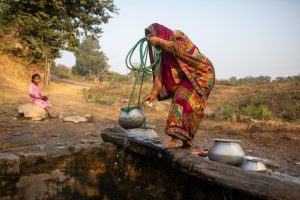 Photo courtesy: down to earth
Photo courtesy: down to earth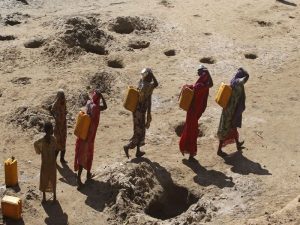 Photo courtesy:scroll.in
Photo courtesy:scroll.in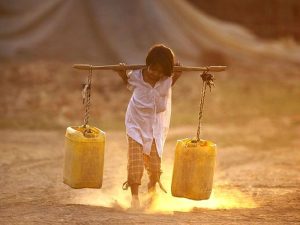 Photo courtesy: pinterest
Photo courtesy: pinterest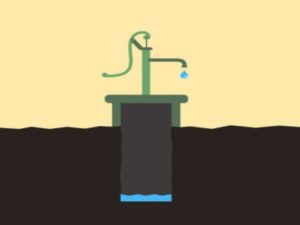 Photo courtesy: Adobe Stock
Photo courtesy: Adobe Stock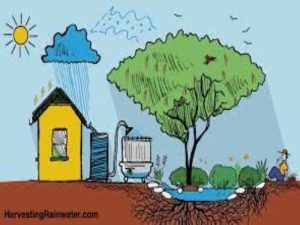 Photo courtesy: HarvestingRainwater
Photo courtesy: HarvestingRainwater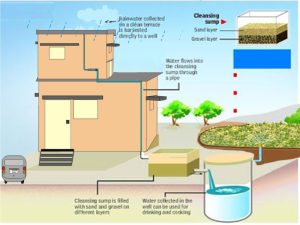
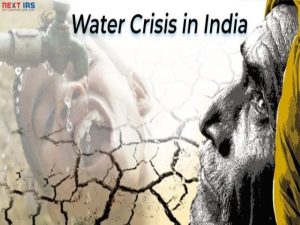 Photo courtesy: https://blog.nextias.com/water-crisis-a-complete-picture
Photo courtesy: https://blog.nextias.com/water-crisis-a-complete-picture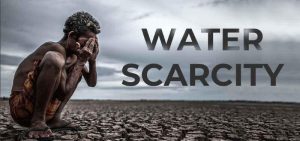 Photo courtesy:istock
Photo courtesy:istock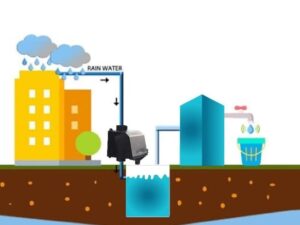 Recharge:
Recharge: Combination:
Combination: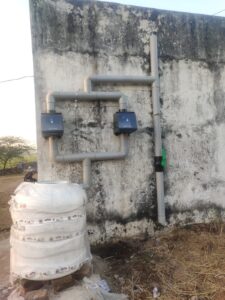
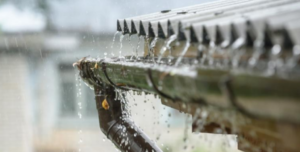
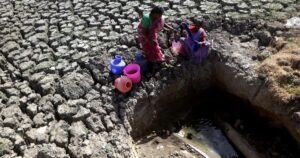 Photo courtesy: The economic time
Photo courtesy: The economic time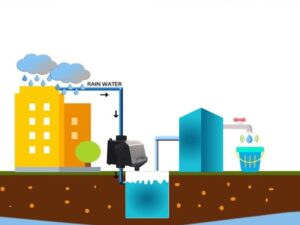 To ensure that public enthusiastically purchases this concept, a country-wide behavior change campaign can be launched along the lines of Swachh Bharat Mission that can improve people’s ‘ability’ and ‘motivation’ to romantically welcome these structures in their private premises.
To ensure that public enthusiastically purchases this concept, a country-wide behavior change campaign can be launched along the lines of Swachh Bharat Mission that can improve people’s ‘ability’ and ‘motivation’ to romantically welcome these structures in their private premises.